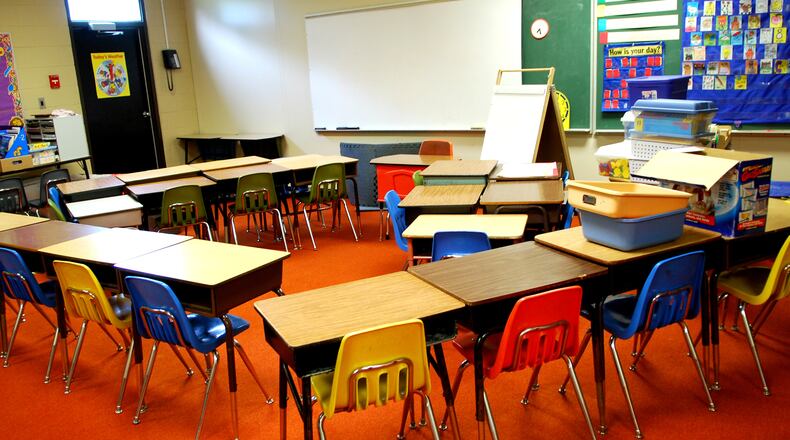New federal data affirms the need for a greater focus on mental health needs of students. More than 8 in 10 public schools report stunted behavioral and socioemotional development in their students because of the pandemic, according to an ongoing federal study amassing information on the impact of COVID-19 on classrooms and students.
But students have to show up at school on a regular basis to be helped. And teachers have to be on hand to help them. Additional survey data released this month from the Institute of Education Sciences, based on May surveys of U.S. schools, found 7 out of 10 noted higher absentee levels among both students and teachers in the wake of the pandemic.
The survey results point to a jump in what’s defined as chronic absenteeism, missing at least 10% of days in a school year. In 2021-2022, purportedly the year schools went back to normal, nearly half of the schools responding to the federal Student Pulse Panel survey saw a rise in chronic absenteeism among teachers, compared to the year prior. And 39% reported higher chronic rates among students.
There are clear culprits — the delta variant of the coronavirus descended just as schools resumed last year. In late August of 2021, the rate among Georgia children aged 11-17 reached a record 1,177 infections per 100,000. Health officials at the time said newly opened schools accounted for 60% of outbreaks in the state.
In January of this year, after the long winter break, omicron showed up in classrooms with students and teachers returning from family visits and trips to amusement parks. Districts documented their highest COVID-19 case counts of the 2021-2022 school year. They scrambled to fill in for affected staff with central office administrators teaching calculus, principals serving school lunches and bus drivers doubling routes.
The Georgia Department of Education has long made attendance a priority, seeing a correlation with completing high school. For example, DOE found Georgia ninth graders who miss 15 or more days of school have a 30.73% graduation rate. In comparison, ninth graders absent five days or less have an 82.24% graduation rate.
Attendance Works, a national initiative addressing chronic absences, considers chronic absenteeism a canary in a coal mine that schools need to take seriously Those protracted absences this year of teachers and students come with a price. Chronically absent students not only experience lower academic gains, but they are also more apt to become socially disengaged and alienated. Studies have correlated chronic absenteeism with higher dropout rates, poor health outcomes and an increased likelihood of interacting with the criminal justice system.
Among the key findings in the 2022 School Pulse Panel:
• Public schools reported student chronic absenteeism and teacher absences have increased compared to prior school years.
• More than three-quarters of public schools reported it is more difficult to get substitutes than it was before the pandemic. At 87%, schools in the South reported the highest percentage of classes covered by non-teaching staff when substitute teachers could not be found.
• Nearly three-quarters of public schools are frequently relying on administrators, non-teaching staff, and teachers on their free periods to cover classes.
About the Author
The Latest
Featured



